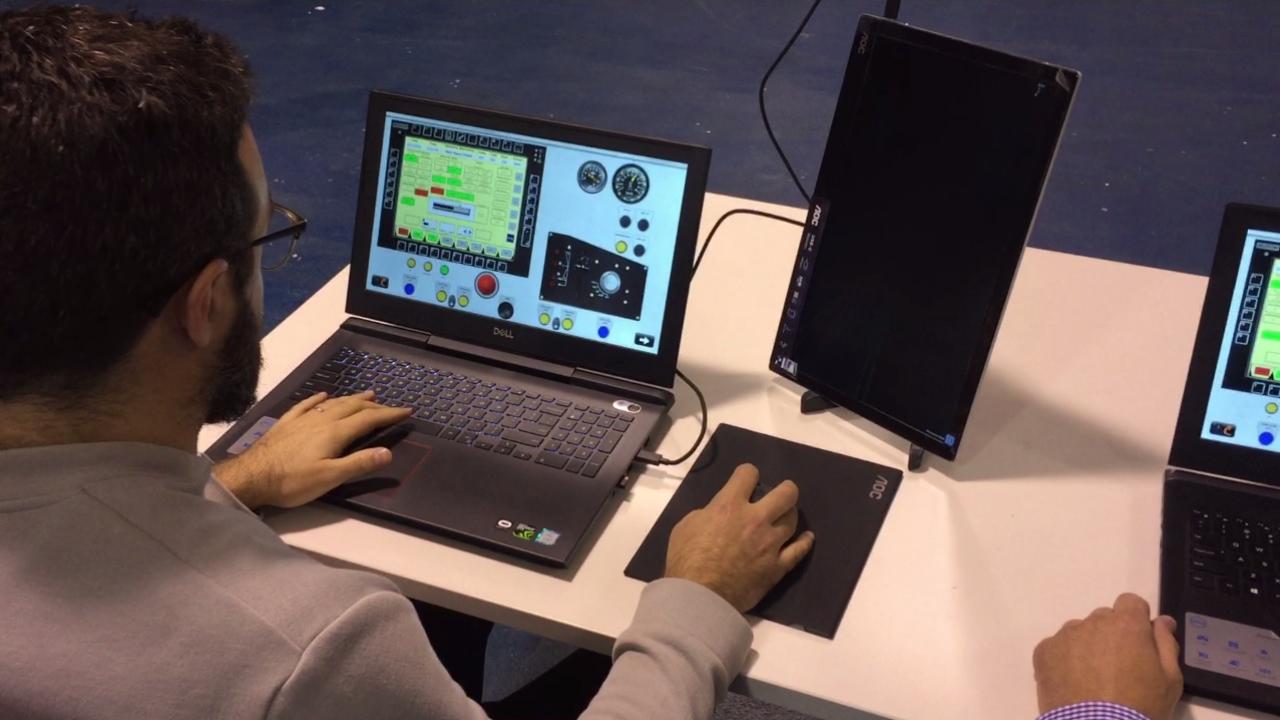Thursday, October 22, 2020
Laptop Simulators: extending training beyond the driving simulators
In February this year we were delighted to announce that the ambitious simulation system for the SMRT Circle Line in Singapore was now a reality. Since then, the team has been working tirelessly to train the operation’s large staff of OCC drivers and controllers. In addition to the 4 replica cabs with interchangeable consoles, 2 OCC stations and 2 instructor stations, they have 6 laptop simulators that allow SMRT to extend the training they provide in the driving simulators, making the system as a whole adapt completely to the training needs of the operation.
We find it is often the case that the driving simulators that we develop tailored to the customer’s requirement are tools with such powerful functionality that they are fully utilised for training focused on working in a realistic and immersive way in degraded situations. These are situations for which it is very complicated, expensive or impossible to train in a real-life environment.
This means that if customers want to reach the entire staff and provide comprehensive training, from initial basic training to a more advanced level, they need to be able to use other types of auxiliary tools. Normally, these will be smaller and more portable tools, and an example of this is the Laptop Simulators or portable simulators developed for SMRT.
These simulators are designed to be easily transportable in a backpack. They consist of a laptop computer with a wireless mouse and an additional screen connected to the laptop that acts as the display. The objective of these laptops is to offer complementary software, taking advantage of the software already developed for the base simulator, with a variety of functionalities, including line recognition, train recognition and protocol training.
It is an ideal way for novice drivers to begin to get to know the route along which they will have to drive and identify the location of the sets of points and the stations, etc., or to become familiar with the train that they are going to drive by having access to and locating all its component parts. Following this, it is also possible to go a step further and present drivers with a series of execution and fault resolution protocols in a simple and guided way.
For this particular project, LANDER has provided a solution to some of the most problematic protocols for SMRT, those involving the couplings. In a very simple way, two of these laptops can be connected to each other to carry out this type of protocol in a realistic and collaborative way: each student drives one of the trains participating in the coupling and in a guided way they work together following the protocol.
This is yet another example of the possibilities offered by simulation technology for training and of the support that LANDER offers to customers when designing a comprehensive technological solution adapted to their training needs.

